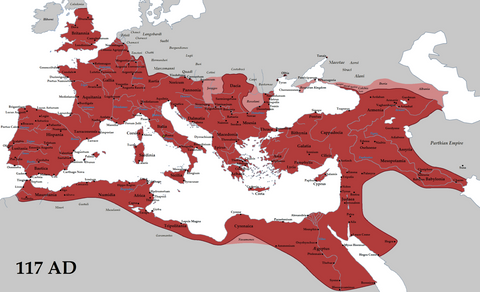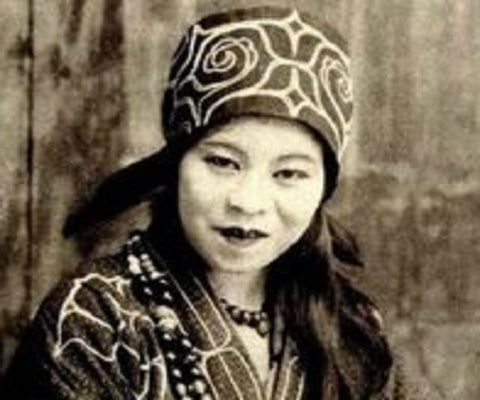In Part 1 of this series comparing the Roman and Mongol Empires, we took a brief look at the rise and fall of these two great empires. In Part 2, we compare the two and see which one was greater.
Lands

During its peak, the Mongol Empire occupied twice as much as land as the Roman Empire. It is known as the largest contiguous empire in history (the later British empire was larger, but not contiguous). This was partially due to Geography – the Mongols were very adept horse warriors, and the wide sweeping plains of Central Asia enhanced their mobility. They did less well in mountainous regions such as Korea and northern India. The Romans had to deal with starting out on a peninsula, had to build a navy as well as a land military force, and had fairly well-armed opponents, making it much harder for them to expand to the same reach. Thus, by sheer size alone, the Mongols win hands down.
Time
The Roman Empire, at least the East side, lasted over a thousand years (1500 if you count from the founding of the Republic), while the Mongol Empire grew and fell relatively quickly in about a century and a half. Even the less-successful East side of the Roman Empire still lasted an impressive 400-500 years. The Romans take the cake here.
Peace and Trade
Both Empires had created a Pax (peace) across their empire which allowed trade to flourish. Both built a system of roads across their empire which allowed rapid communication. Goods from one end of the empire could reach the other easily, and sometimes quite far beyond. The Monglian routes were fast – some estimate messages could be carried as fast as 200km a day. They also formed a sort of insurance system where if merchants were attacked they could get reimbursed from the imperial treasury. The main reasons for the Pax Mongolica’s decline were the outbreak of the Black Death and the fracturing of the Empire due to political and religious differences.

Rome’s peace, on the other hand, was less effective. While the Pax Romana indicated a period without civil unrest, the Empire was rarely at peace with its neighbors and often had to quell revolts. While the Mongol Peace lasted only about half the time of the Roman Empire’s, it was much more effective. Thus, the Mongols win here.
Population
Because world population changed through time and the empires were not direct contemporaries, it is more fair to compare them based on percentage or proportion of the world’s population under their control rather than absolute numbers. The Romans controlled nearly 55 million people for a whopping 1/6th to 1/4th of the world’s population. The Mongols controlled 110 million people for slightly more than 25% of the world’s population. Thus, here we are going to give it to the Mongols, though not by much.
Weapons
While both empires used many different weapons in the course of carving out their lands, we’re going to focus on the swords they used. The Mongol Empire used weapons similar to Chinese Dao – single-sided swords that were easy to use from horseback. As the Empire reached farther west, they adopted Persian weapons such as the Scimitar.

The Romans, on the other hand, used Gladius – double-sided swords about 40-60cm in length early on. Later, they also adopted the use of Spatha – larger swords which were closer to a metre in length.

There’s no clear superiority here, as the weapons were used in different situations and for different purposes. They excelled at what they were meant to. So, here we’ll give them a tie.
Conclusion
With a score of 4-2, the Mongols win here. They controlled more land and people, built a more effective peace, and used their weapons to great effect. The Romans were less effective, though still great by any measure.
source https://www.bladespro.co.uk/blogs/news/roman-empire-vs-the-mongol-empire-part-2



